
How to Use EMI Filter - CW1B-10A-L (040): Examples, Pinouts, and Specs
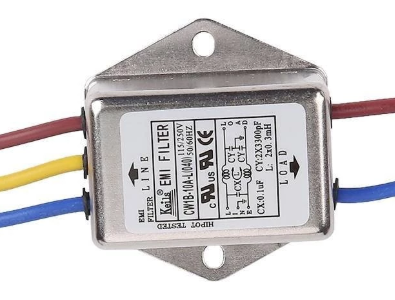
 Design with EMI Filter - CW1B-10A-L (040) in Cirkit Designer
Design with EMI Filter - CW1B-10A-L (040) in Cirkit DesignerIntroduction
The EMI Filter - CW1B-10A-L (040), manufactured by Shopee, is a high-performance electromagnetic interference (EMI) filter designed to suppress unwanted noise and interference in electronic circuits. This component ensures stable operation of devices and compliance with regulatory standards for electromagnetic compatibility (EMC). Its compact design and robust construction make it suitable for a wide range of applications, including industrial equipment, consumer electronics, and power supplies.
Explore Projects Built with EMI Filter - CW1B-10A-L (040)
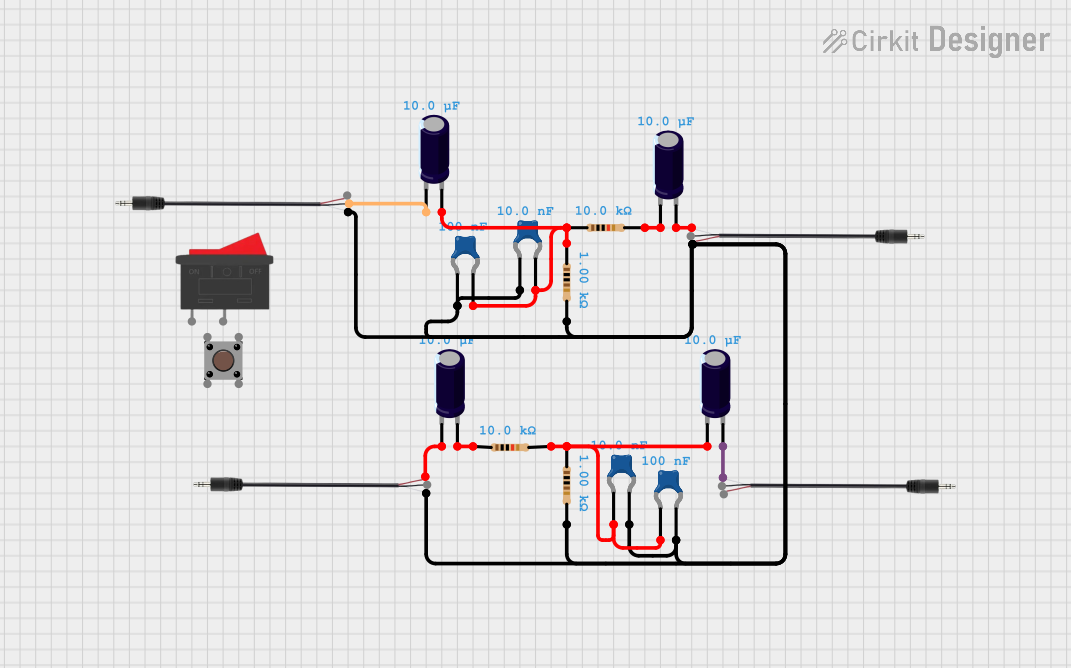
 Open Project in Cirkit Designer
Open Project in Cirkit Designer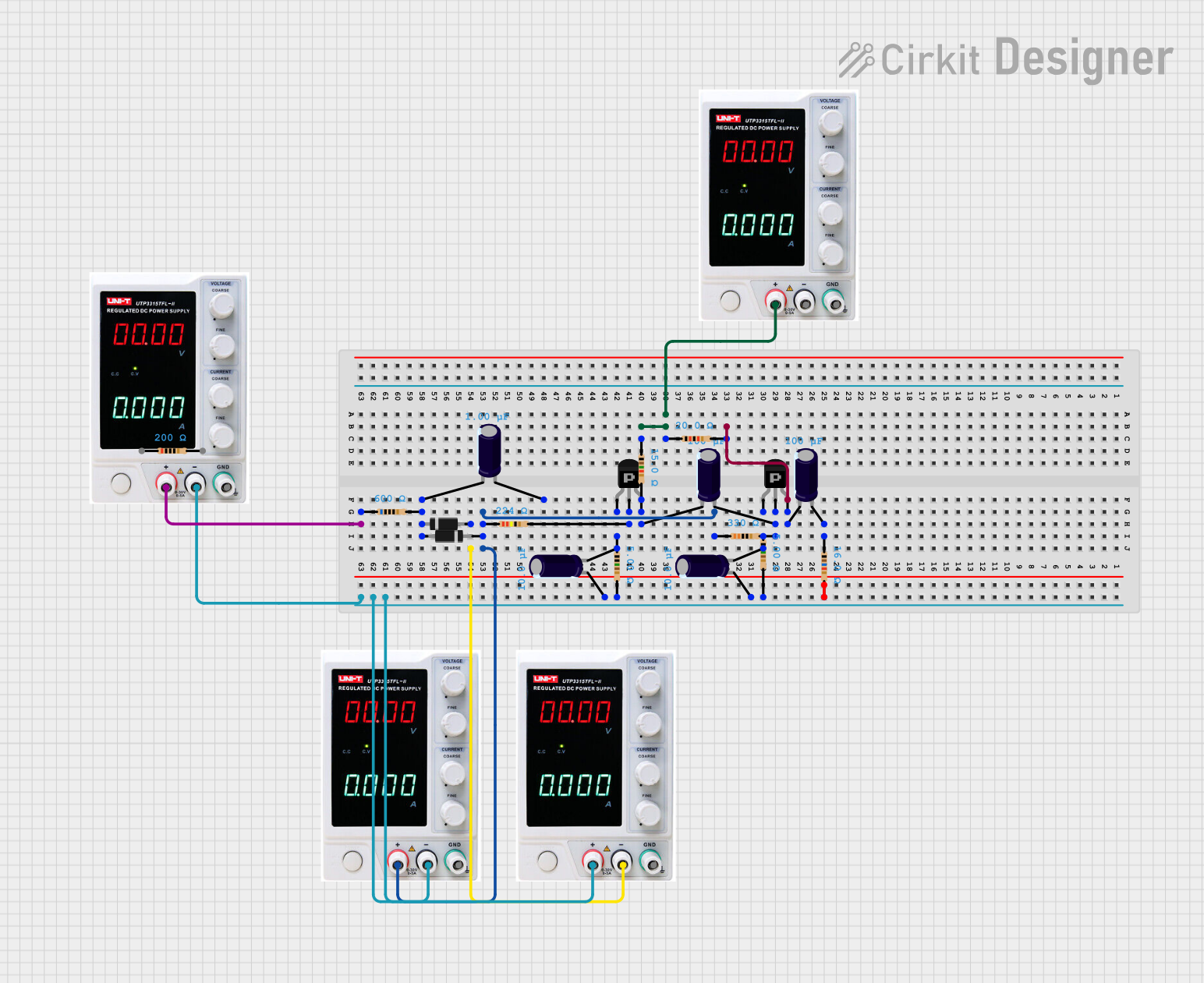
 Open Project in Cirkit Designer
Open Project in Cirkit Designer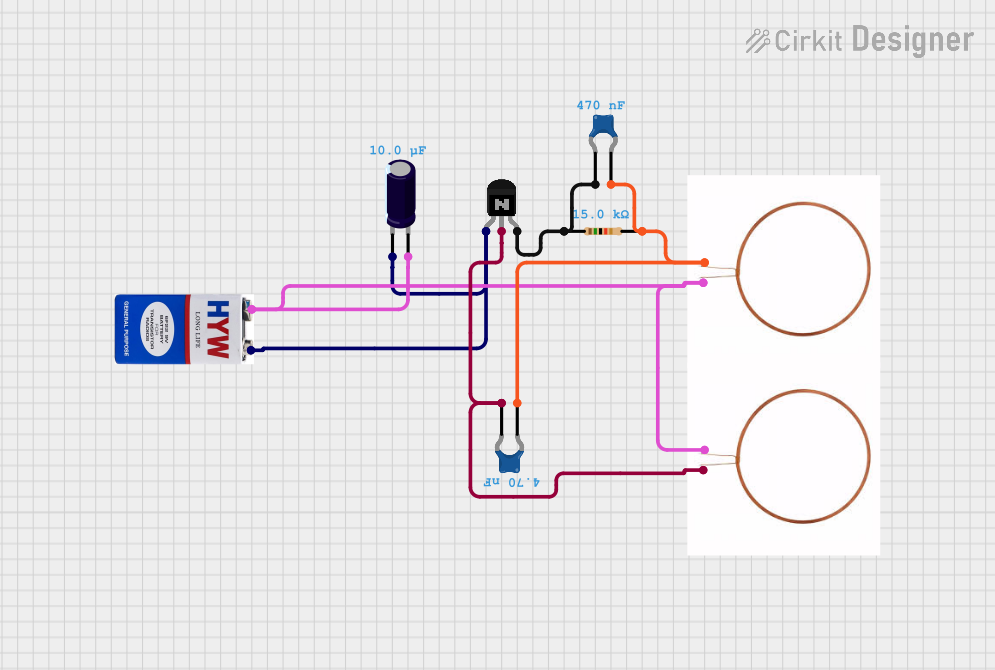
 Open Project in Cirkit Designer
Open Project in Cirkit Designer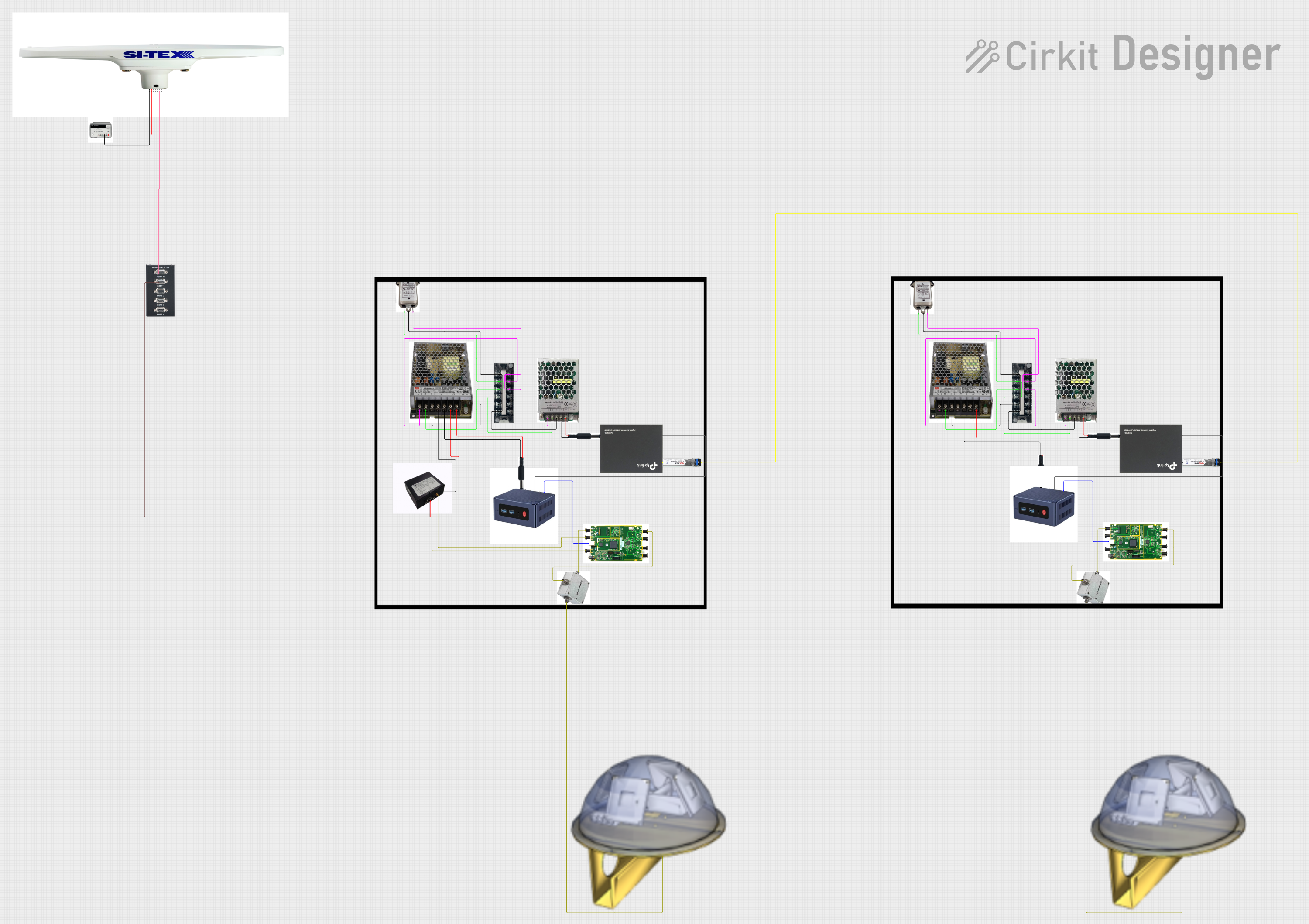
 Open Project in Cirkit Designer
Open Project in Cirkit DesignerExplore Projects Built with EMI Filter - CW1B-10A-L (040)

 Open Project in Cirkit Designer
Open Project in Cirkit Designer
 Open Project in Cirkit Designer
Open Project in Cirkit Designer
 Open Project in Cirkit Designer
Open Project in Cirkit Designer
 Open Project in Cirkit Designer
Open Project in Cirkit DesignerCommon Applications and Use Cases
- Suppression of EMI in AC power lines
- Noise filtering in industrial machinery
- Ensuring compliance with EMC standards in consumer electronics
- Protection of sensitive electronic components from high-frequency interference
- Use in power supplies, inverters, and motor drives
Technical Specifications
The following table outlines the key technical specifications of the EMI Filter - CW1B-10A-L (040):
| Parameter | Value |
|---|---|
| Manufacturer | Shopee |
| Part ID | Keils EMI Power Filter 220V - 10A AC CW1B-10A-L (040) |
| Rated Voltage | 220V AC |
| Rated Current | 10A |
| Frequency Range | 50/60 Hz |
| Operating Temperature | -25°C to +85°C |
| Insulation Resistance | ≥ 100 MΩ (at 500V DC) |
| Leakage Current | ≤ 0.5 mA |
| Dimensions | Compact design (varies by model) |
| Mounting Type | Chassis mount |
Pin Configuration and Descriptions
The EMI filter typically has four terminals for input and output connections. The pin configuration is as follows:
| Pin | Label | Description |
|---|---|---|
| 1 | L (Input) | Live input terminal for AC power |
| 2 | N (Input) | Neutral input terminal for AC power |
| 3 | L (Output) | Live output terminal for filtered AC power |
| 4 | N (Output) | Neutral output terminal for filtered AC power |
Usage Instructions
How to Use the EMI Filter in a Circuit
- Identify Input and Output Terminals: Connect the AC power source to the input terminals (L and N) of the EMI filter. The filtered output will be available at the output terminals (L and N).
- Mounting: Secure the EMI filter to a chassis or enclosure using screws or mounting brackets. Ensure proper grounding for safety and optimal performance.
- Wiring: Use appropriately rated wires for the connections. Ensure that the live (L) and neutral (N) lines are correctly connected to avoid malfunction.
- Testing: After installation, test the circuit to ensure that the EMI filter is effectively suppressing noise and interference.
Important Considerations and Best Practices
- Grounding: Always connect the filter's chassis to a reliable ground to enhance noise suppression and safety.
- Current Rating: Ensure that the load current does not exceed the filter's rated current of 10A.
- Temperature: Operate the filter within the specified temperature range (-25°C to +85°C) to prevent damage.
- Compliance: Verify that the filter meets the required EMC standards for your application.
Example: Using the EMI Filter with an Arduino UNO
When using the EMI filter to suppress noise in an Arduino-based project, connect the filter between the AC power source and the power supply unit (PSU) that powers the Arduino. This ensures that the Arduino receives clean, noise-free power.
/* Example Arduino Code for Noise-Free Operation
This code demonstrates a simple LED blink program. The EMI filter ensures
that the power supply to the Arduino is free from electromagnetic interference.
*/
void setup() {
pinMode(13, OUTPUT); // Set pin 13 as an output for the onboard LED
}
void loop() {
digitalWrite(13, HIGH); // Turn the LED on
delay(1000); // Wait for 1 second
digitalWrite(13, LOW); // Turn the LED off
delay(1000); // Wait for 1 second
}
Troubleshooting and FAQs
Common Issues and Solutions
| Issue | Possible Cause | Solution |
|---|---|---|
| No power at the output terminals | Incorrect wiring or loose connections | Verify wiring and ensure all connections are secure. |
| Excessive noise or interference persists | Filter not properly grounded | Check and connect the filter's chassis to a reliable ground. |
| Overheating of the filter | Load current exceeds the rated 10A | Reduce the load current or use a higher-rated filter. |
| Leakage current is too high | Faulty filter or improper installation | Inspect the filter for damage and ensure proper installation. |
FAQs
Can this filter be used with DC circuits?
- No, the EMI Filter - CW1B-10A-L (040) is designed for AC circuits only.
What happens if the filter is not grounded?
- Without proper grounding, the filter's noise suppression capability will be significantly reduced, and safety may be compromised.
Can I use this filter for a 15A load?
- No, this filter is rated for a maximum current of 10A. Exceeding this limit may damage the filter or cause it to overheat.
Is the filter suitable for outdoor use?
- The filter is not specifically designed for outdoor use. If used outdoors, ensure it is housed in a weatherproof enclosure.
By following this documentation, users can effectively integrate the EMI Filter - CW1B-10A-L (040) into their circuits, ensuring reliable and interference-free operation.